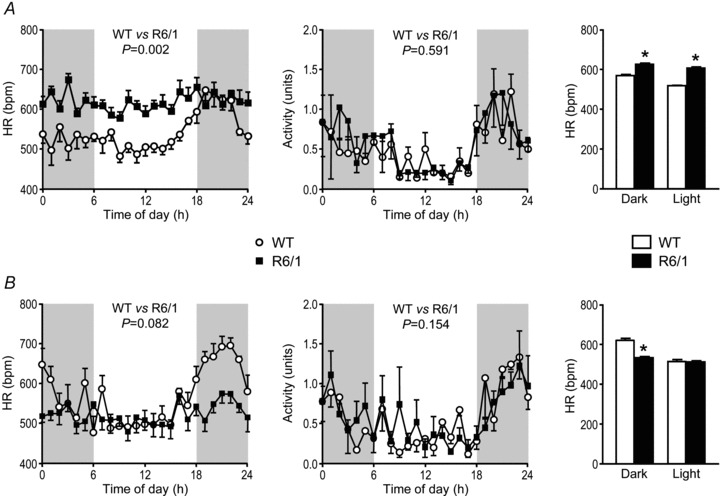Figure 2. Changes in conscious heart rate (HR) and physical activity across 24 h in R6/1 and wild-type (WT) mice.

Plots of hourly averaged conscious HRs across 24 h for mice at 3.5 (A) and 6.5 (B) months old show a variation with time of day in WT (n= 4–6/group, effect of time P < 0.001 both ages) but not in R6/1 mice (n= 5–6/group, effect of time P > 0.05 both ages). HR levels over the 24 h period were significantly higher in the 3.5-month-old R6/1 than age-matched WT mice (P= 0.002), but not in the older mice (P= 0.082). Notably, HR was lower in old compared with young R6/1 mice (P= 0.001). Activity was not significantly different between the groups at both ages (P= 0.591 and 0.154, respectively). Shaded areas represent lights-off periods of the day; 24 h data were analysed using ANOVA for repeated measures. Bar graphs illustrate the HR averaged over the 12 h light and 12 h dark periods, and show that compared with age-matched WT mice, young R6/1 mice have a higher HR throughout the day; whereas, older R6/1 mice have a lower HR during the dark phase (*P < 0.05, Student's unpaired t test).
